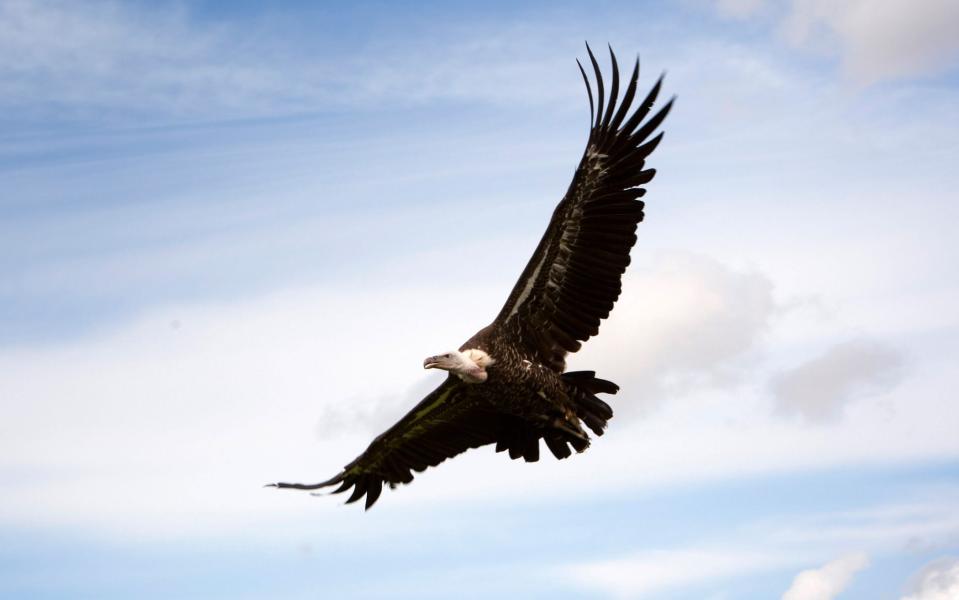No dogs and entry fees for foreigners: What our national parks can learn from the rest of the world
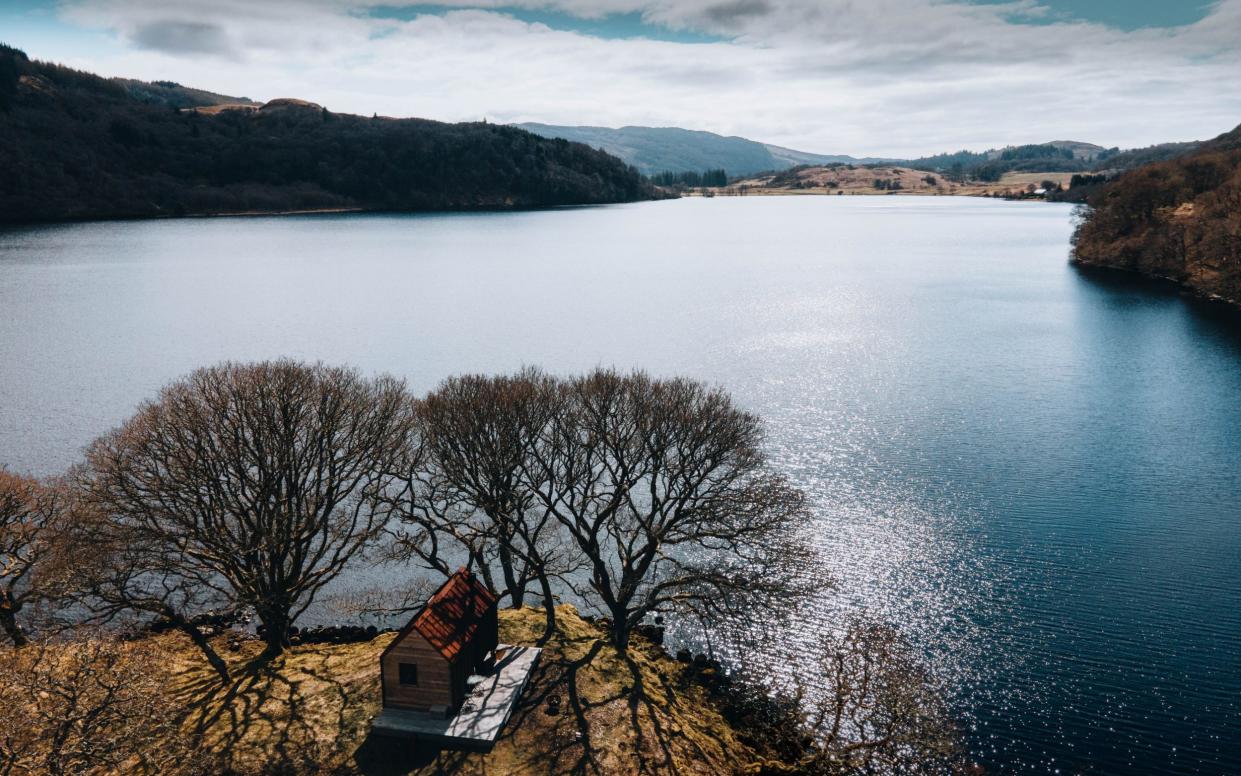
The UK is one of the most nature-depleted countries on earth. It has no virgin forests. Its rivers and seas are fetid. Its grassland is a virtual green desert. What we like to call ancient woodland – meaning trees planted after 1600 – covers only 2.5 per cent of the land. One in six species are at risk of extinction. More than half of our flowering plant species, including heather and harebell, and animals such as turtle dove, water vole and European eel, face an uncertain future.
Curbing this apocalypse requires political vision and a revolution in thinking about food, exercise, leisure and health. But the first step should focus on our 15 national parks. They face funding cuts. The closure of visitor centres leaves huge areas without staff. Some CEOs of the parks have even spoken of an “existential crisis”. Friends of the Earth says the parks are failing to step up to the nature and climate crisis; yet some areas of them are blighted by traffic and a surge in visitors post-pandemic.
How can we turn this dire situation around? One way is to learn from practices in Europe and the Americas so that our parks offer more than over-rambled footpaths, overtourism honeypots and underwhelming vistas of sheep fields, bustling summits and unswimmable rivers. Here are 10 fixes for a better future.
1. Reduce farmland and ban grouse shooting
Farmed areas range from around 50 per cent in some national parks to 82 per cent in the Peak District. This is a legacy of the tardiness in the UK establishment when it came to creating national parks. The US got started in 1872 with Yellowstone. Despite appeals, protests and trespasses, the UK had to wait till 1949.
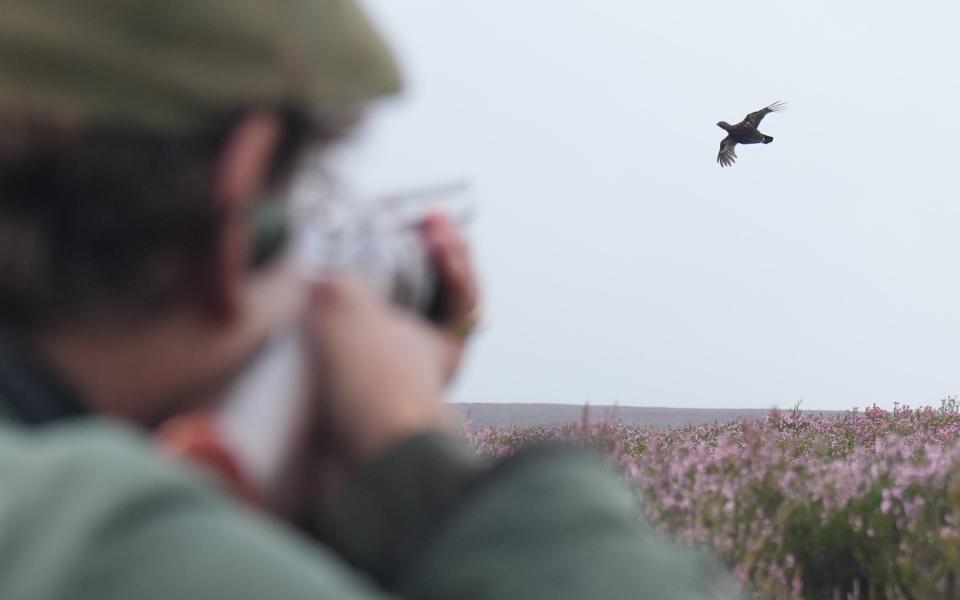
Cattle continue to pose a serious risk to walkers. Sheep desertify uplands and lowlands. Grouse management schemes lead to fires and peatland destruction. It’s time to rethink the UK’s relationship with farming and food. We might not need to call in the army to eject herders as happened in the US, but all farming should be ecological, sustainable and regenerative, and there needs to be less of it in protected areas.
2. Create leisure-friendly infrastructure
Plan, expand and properly manage campsites and encourage “wild” aka backcountry camping as many US national parks do. Repurpose houses and abandoned barns as dedicated accommodation. Grant concessions to serious, sustainably minded tour operators to run bunkhouses, simple hotels and high quality campsites, as happens in Torres del Paine, Kakadu and national parks in many countries. Encourage healthy, adventure-accented active tourism along the lines of the courses offered by Glenmore Lodge in the Cairngorms.
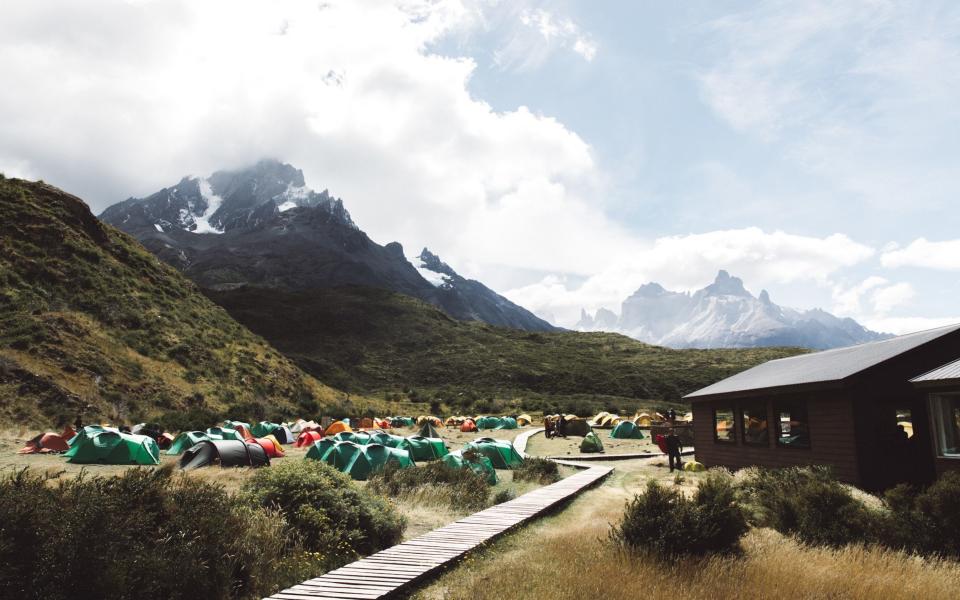
3. Devise and enforce strict rules for all
Vanoise National Park, France’s oldest (it celebrated its 60th anniversary last year), bans dogs, litter and campfires and permits no traffic in its central core. We need to educate the population, especially school-age children, about the appropriate behaviour. In 2020 – at the height of the pandemic – the UK Government spent £2,000 to promote the Countryside Code. The 2021 campaign motto “Make a Memory” was lame in the extreme. Why can’t corporations sponsor countryside education campaigns? It would be far more valuable than all the greenwashing they pay for.
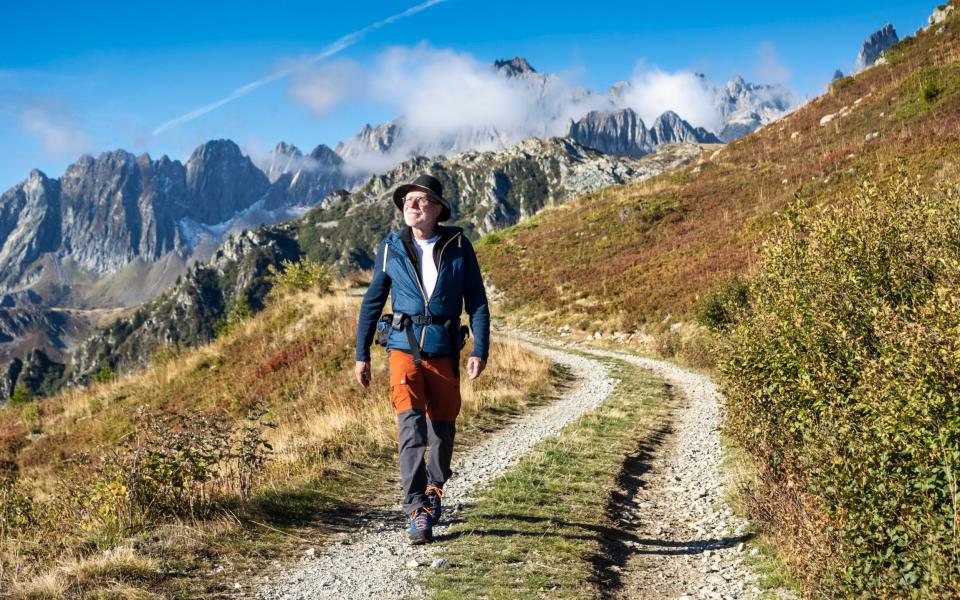
4. Invest in public transport
For more than two decades, Germany has promoted the use of public transport to access nature regions, in collaboration with three major environmental associations and Deutsche Bahn.
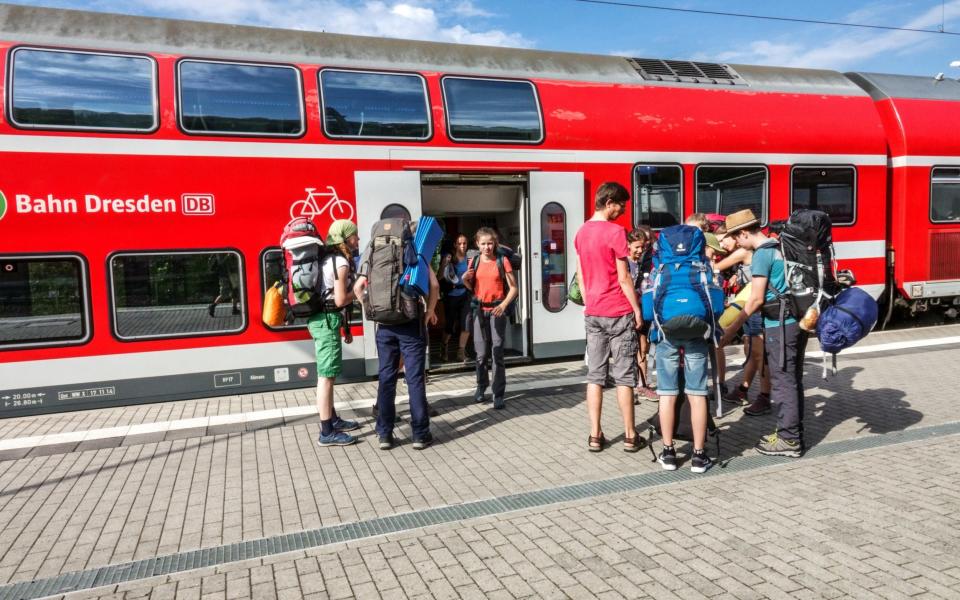
There are large parts of the Lake District – England’s largest national park and second most visited – that can’t be reached without a car or motorbike (unless you’re Bradley Wiggins or Alfred Wainwright). Regular trains, new railway lines and buses every 10-15 minutes – small, electric-powered minibuses, please – are needed to open up our green spaces for all, and keep emissions down. Of course, everything costs money, and roads and rail are pricey. It’s time to experiment with charging fees to foreign visitors, as is common all over the world.
5. Control the flow of visitors
Yosemite has announced that it will bring back a reservation system for 2024 between April and October. UK parks should impose similar restrictions to mitigate against bottlenecks. Charging for over-populated “Instagram” hotspots and promoting less visited areas will also help to appease local residents and make the visitor experience more enjoyable and original.
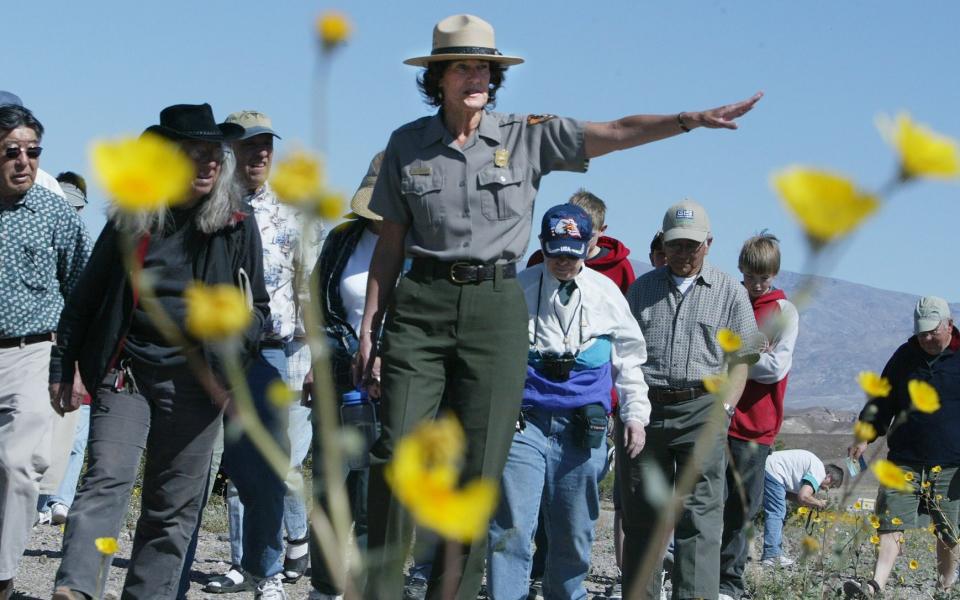
6. Ban dogs
Best friends they might be, but dogs don’t belong in the countryside. They are noisy. They poo everywhere. They frighten children. They stray off footpaths built to protect sensitive environments like hay meadows (often habitats for ground-nesting birds). There are countless reported cases of dogs worrying livestock. They are a threat to seabirds on coastlines, adders, badgers, red squirrels, you name it. As in city parks, small dog areas could be created in marginal corners of parks instead.
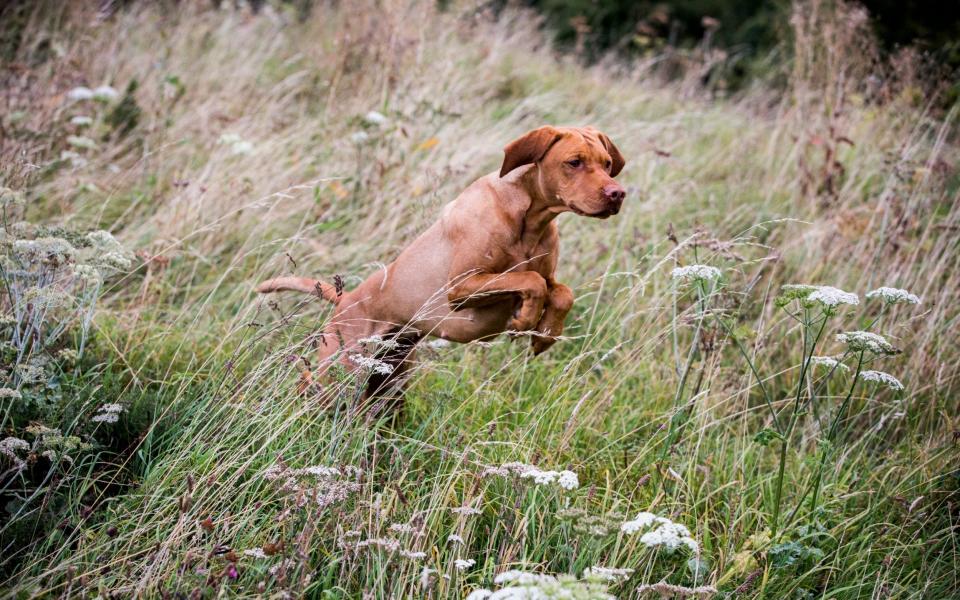
7. Ditch the “National Landscapes” moniker
The renaming of the old AONBs in November 2023 was dull and rather pointless – a classic empty, on-trend “branding” gesture from national government. Let’s make all our protected areas full-blown national parks and create corridors to link them all. We will never have a Northeast Greenland National Park – the world’s largest – but we can have a joined-up patchwork that is nature-friendly and truly national. Where to start? Link the Lakes, Dales and Bowland to create a Great North National Park.
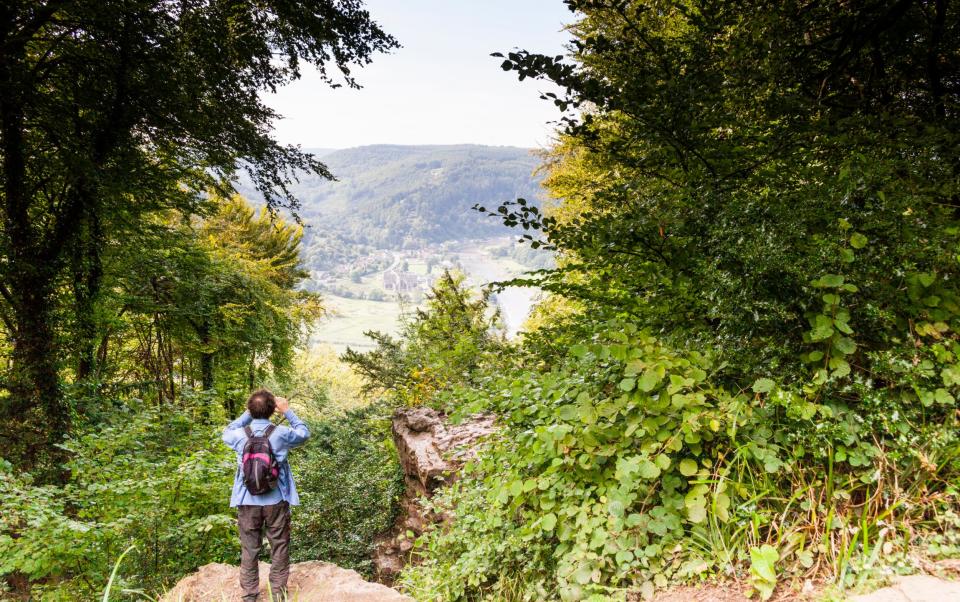
8. Think beyond the hills
Around the world there are national parks to protect coasts, steppes, lakes, islands, mangroves, wetlands and deserts. The UK is small and has a relatively limited range of biomes, but we need to think seriously about protecting our marine environments in particular. According to Greenpeace, 92 per cent of so-called “Marine Protected Areas” do not have proper protection from destructive fishing. Peatlands also need urgent attention. The UK has a hyper-urbanised population; eight in 10 of us live in towns and cities. It’s high time we created an urban national park like Tijuca in Rio de Janeiro. And no, London, it’s not all about you. Why not kick off with Sutton Park, a 2,400-acre National Nature Reserve six miles north of Birmingham? It’s one of the largest urban parks in Europe and is designated as a Site of Special Scientific Interest. A few tweaks and it could become a template for others to follow.
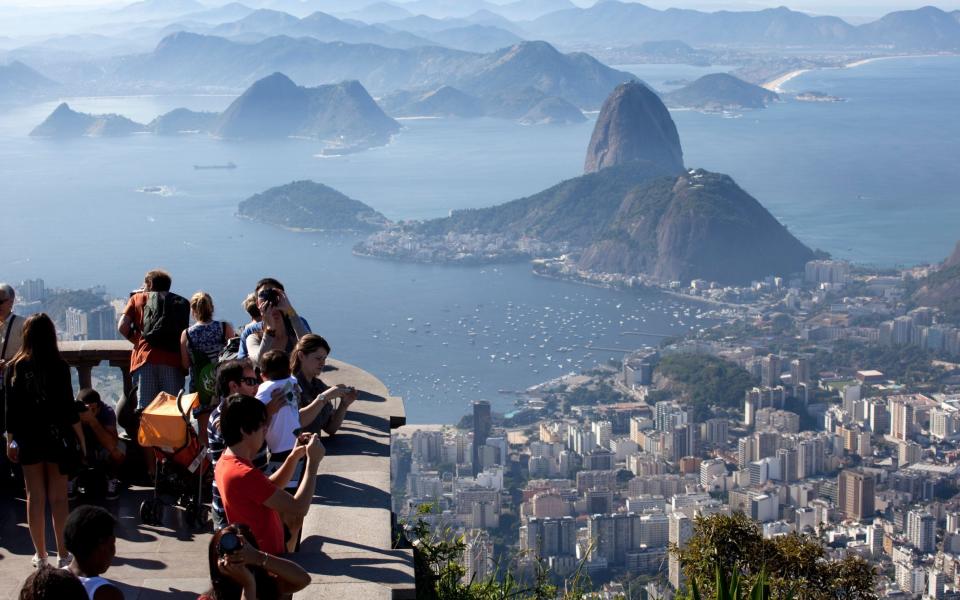
9. Build in winter resilience
Half of the year (three quarters in Scotland), the weather is cold and/or wet and days are short. National parks need to work year-round. While we can’t turn sleet into skiable snow, we can at least make the roads, footpaths, signage and emergency support winter resilient. Bothies and converted barns would be handy in the wilder uplands. Let’s celebrate the dark skies. Let’s have refuges near snowy summits and bus services after 4pm and after September.
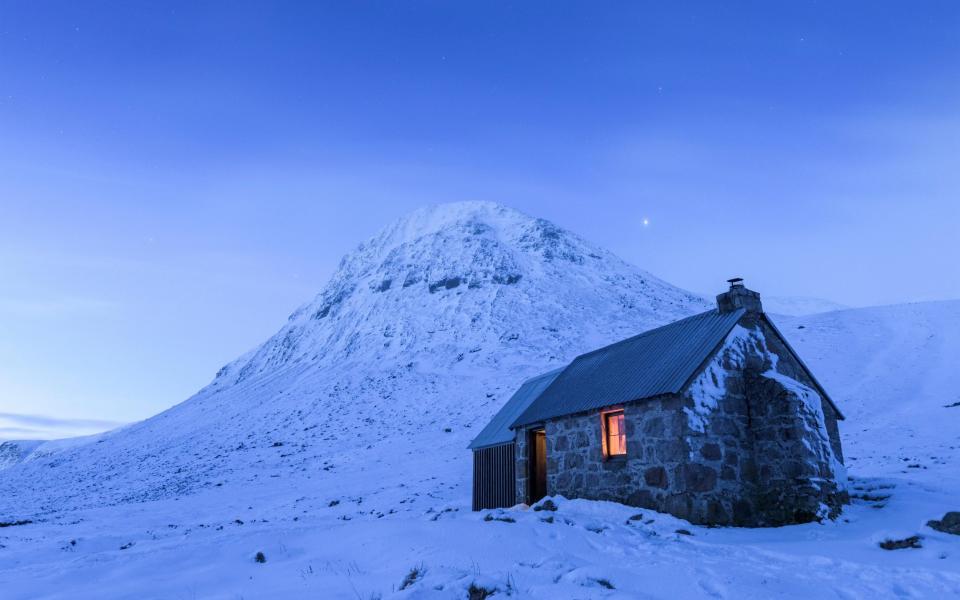
10. Aim high
All over the planet, national parks are intimately linked with habitat preservation and rewilding. In Britain, you’re lucky if you see a roe deer or a rookery on your rambles. We need to imagine our parks as the future homes of eagles, lynxes, wolves, beavers, otters, wild boars, even bears and aurochs. Wigan now has rainforests. But the skylark is, tragically, on the red list. We need to revive lost species and topographic diversity.
